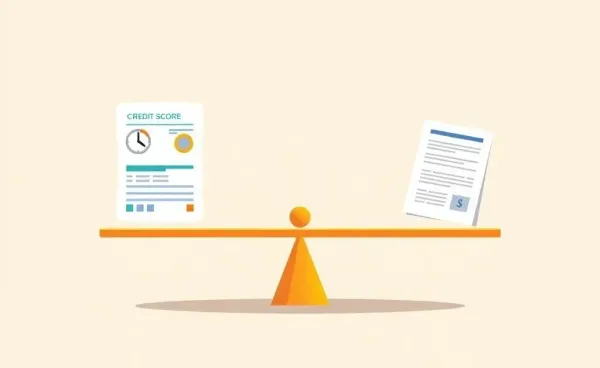Building a Balanced Investment Portfolio: Tips and Insights
Explore insights on building a balanced investment portfolio with practical tips and relatable anecdotes.

Have you ever stared at your investment portfolio and wondered if it's truly working for you? You're not alone. Building a balanced investment portfolio is both an art and a science, requiring a keen understanding of risk, diversification, and personal goals. Let's dive into some practical tips and insights to help you optimize your investments and alleviate your financial worries.
What is a Balanced Investment Portfolio?
A balanced investment portfolio generally refers to a mix of asset classes that aims for growth while mitigating risks. This can include stocks, bonds, real estate, and cash. By diversifying your investments, you can smooth out the highs and lows of market fluctuations.

Key Components of a Balanced Portfolio
- Stocks: The growth driver of your portfolio.
- Bonds: Provide income and stability.
- Real Estate: Offers physical assets for long-term growth.
- Cash: Ensures liquidity and flexibility.
Ensuring a diverse range within these categories is crucial. Think of it as having multiple safety nets!
Anecdote: Emily's Investment Journey
Consider Emily, who thought putting all her money into tech stocks was a brilliant strategy. When a market downturn hit, she saw her portfolio plunge. It was a hard lesson, but it prompted her to explore diversification. By adding some bonds and a real estate fund, Emily created a more resilient portfolio that could better weather market storms.

Why Regular Portfolio Reviews Matter
Just like a garden, your portfolio needs regular attention. Market dynamics change, financial goals evolve, and your risk tolerance might shift. By conducting regular reviews, you can adjust your allocations to stay aligned with your objectives.

Final Thoughts: Are You Ready to Balance Your Portfolio?
Crafting a balanced investment portfolio takes time, but it's a rewarding process that sets the foundation for achieving your financial goals. What's your next step in ensuring your investments align with your long-term vision?




